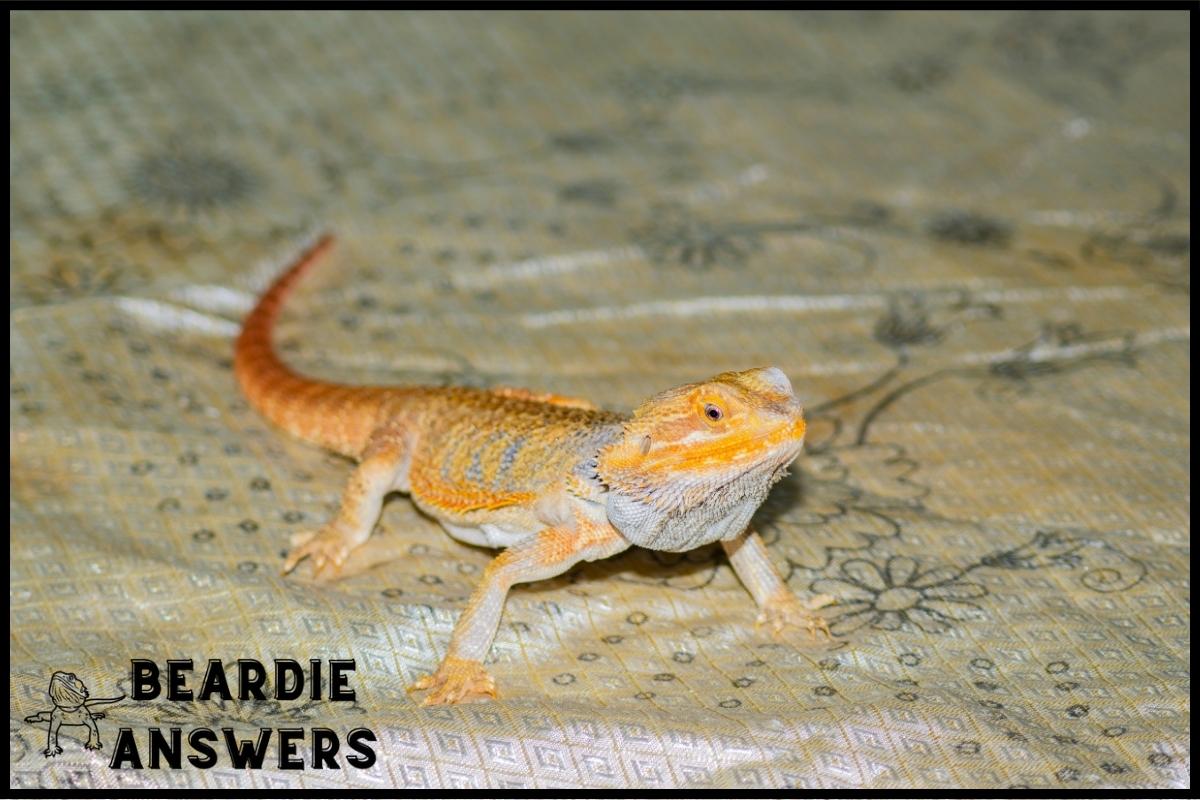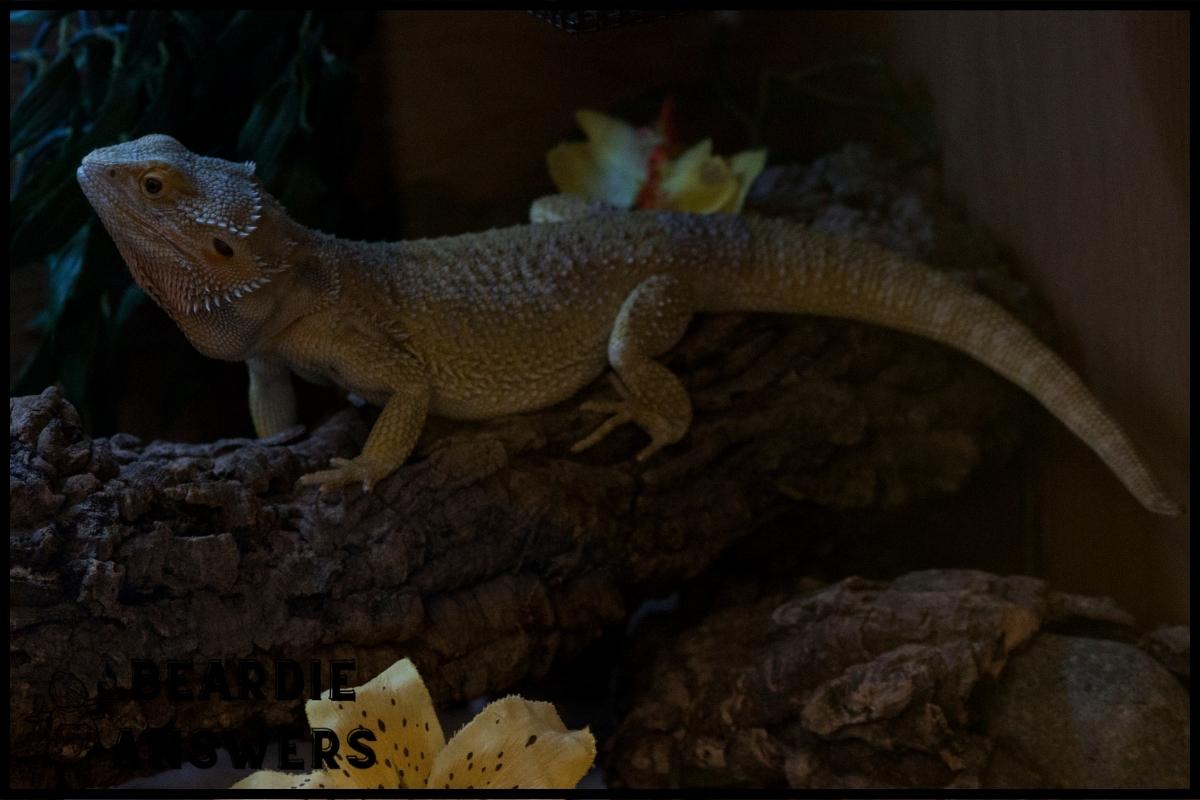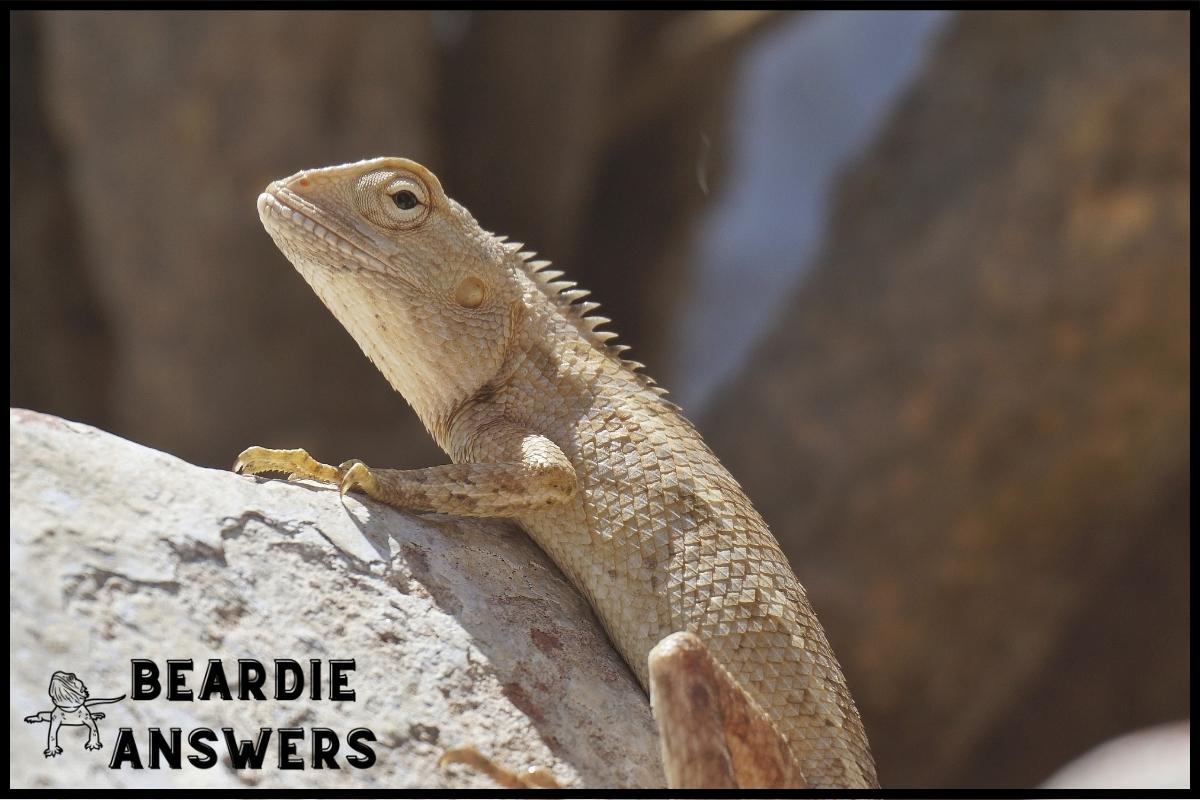Bearded dragons come in a wide range of colors, including brown, tan, red, orange, yellow, green, blue, purple, and black. Some bearded dragons also have patterns on their scales, which can be very intricate and beautiful.
What You'll Learn
Pattern Variations Among Species
Let’s talk about how different species can vary in so many ways – from natural patterns to genetic variations, morphological variations to color variations, size to behavior, and even spatial and habitat variations.
It’s amazing to observe how species can vary so much, such as in clinal variations, sexual dimorphism, geographic variations, seasonal variations, migratory variations, adaptive variations, developmental variations, and more.
Natural Patterns
When it comes to the patterns of different species, there are many interesting aspects to consider.
One such topic is genetic inheritance and interbreeding patterns.
Through careful study and observation, scientists have discovered that certain characteristics in a species can be passed down genetically from one generation to another.
Additionally, through interbreeding between two distinct species, we can see how new variations occur as a result of this combination.
It’s fascinating how much variation nature has created over time!
All these factors combine to create an immense array of beautiful pattern variations across all kinds of creatures – something that will likely never cease to amaze us.
Genetic Variations
Going further into the topic of pattern variations among species, genetic variations are also a factor to consider.
Through careful study and observation, scientists have discovered that certain morphological characteristics can be passed down genetically from one generation to another.
Additionally, temperature control has been found to play an important role in controlling gene expression across different species.
All these factors create even more complexity and variation between individuals within a single species or population – something that is truly remarkable when you think about it!
Shades Of Brown And Tan
Bearded dragons come in a variety of shades of brown and tan, like warm sepia tones spilling over the terrain.
Brown bearded dragons can range from light sandy hues to chocolatey-browns that seem almost black.
Tan colored lizards will have more of a yellowish tint with some having white bellies and others being a uniform shade all around.
These color variations are due to the morphological differences across regions as well as the diversity of their habitats.
With so many subtle changes between each lizard, it’s easy for any keeper or breeder to find one that suits them perfectly.
Plus, this wide array of colors helps these creatures blend into their natural environment easily and stay safe from predators.
Moving on from here, let’s see what other vibrant hues we can expect from our beloved scaly friends!
Red, Orange, And Yellow
Bearded dragons come in a wide range of red morphs, from light orange to deep crimson. Their scales reflect the warm hues of their natural environment and can look like they are glowing when exposed to direct sunlight. For example, some red morphs have tones that resemble fire or lava with bright yellow spots all over their bodies.
Orange hues also appear on bearded dragons, usually near their heads and along the edges of their limbs. These colors evoke images of sunsets and clouds against a clear sky, creating a beautiful contrast between their lighter and darker tones. The variety of oranges seen on these animals is truly remarkable; some may be as dark as mahogany while others could be lightly tinted peach or apricot.
Yellow can sometimes show up too, typically accompanied by other shades such as black or green. It’s often used to break up the monochromatic patterns found on many bearded dragons which helps make them more visually appealing. This color tends to be concentrated around the eyes but can also span across their whole body depending on the individual dragon’s coloring.
With these three colors alone, it’s easy to see why bearded dragons are so captivating! Connecting seamlessly into the next section about ‘green, blue, purple, and black’, there’s much more diversity to explore regarding this reptile’s coloration.
Green, Blue, Purple, And Black
Green, blue, purple and black are considered the most unusual colored bearded dragons. These colors can be caused by a genetic mutation in their scales known as hypomelanism or amelanism.
Hypomelanistic bearded dragons have less pigment than normal while amelanistic ones lack any pigmentation at all. While these abnormal patterns may look cool, they also require extra care to ensure your dragon’s health and nutrition.
Bearded dragons with non-standard coloring often need more UVB lighting to support their unique needs due to their reduced ability to synthesize Vitamin D3 from the sun. With proper care, you should expect your colorful bearded dragon to live just as long as other standard-colored lizards of its species.
Transitioning into caring for your bearded dragon requires knowledge about diet and environment that will give them the best chance at living a happy life.
Caring For Your Bearded Dragon
As the old saying goes, ‘A pet is for life, not just for Christmas’. When it comes to a Bearded Dragon, this couldn’t be truer. These beautiful reptiles require special care and attention if they are going to thrive in their new home. Let’s take a look at what you need to know about caring for your Bearded Dragon:
Habitat Requirements:
Housing: Your bearded dragon will need an enclosure that has enough space for them to move around freely. This should include plenty of branches and hiding places as well as rocks or logs for basking on.
Temperature & Humidity: The habitat needs to have specific temperatures depending on whether it’s day or night time – typically ranging from 75-85F during the day and 70-75F at night. It also needs to maintain humidity levels between 30%-40%.
Diet Requirements:
Feeding Frequency: You should feed your bearded dragon small meals every other day when they’re young and then switch over to once every two days when they reach adulthood.
Food Types: Their diet should consist mainly of insects such as crickets, mealworms, wax worms etc., supplemented with greens like kale or collard greens. They can also benefit from occasional fruits like blueberries or melon slices.
It’s important to remember that these requirements differ based on age so make sure you research thoroughly before getting started! With proper planning and knowledge, owning a Bearded Dragon can be both rewarding and enjoyable experience!
Conclusion
Caring for a bearded dragon requires much knowledge and attention. It is important to understand their unique needs, as well as the various colors they come in.
From shades of brown and tan to red, orange, yellow, green, blue, purple and black- no two dragons look the same.
With proper care and dedication, you can ensure your dragon will be happy and healthy for many years to come.
Let’s all appreciate these beautiful creatures by taking the time to learn more about them; not just their color variations but also how best to provide them with a safe home environment.

Hi! My name is Bryan, I am the “one behind the words” here are BeardieAnswers.com. I believe that providing quality care and nutrition is the best way to ensure the health of your pet. Every beardie is special and deserves the best care and attention. If you have questions about your bearded dragon, please don’t hesitate to ask! View My Full Author Page




